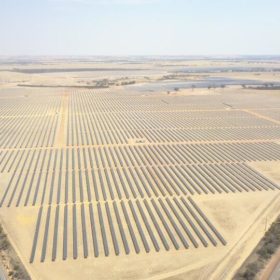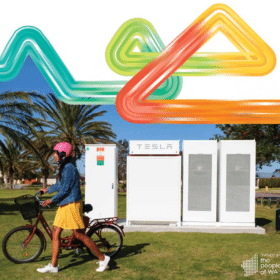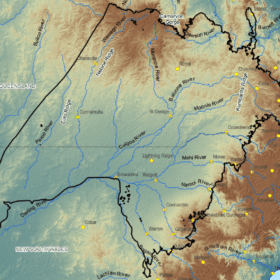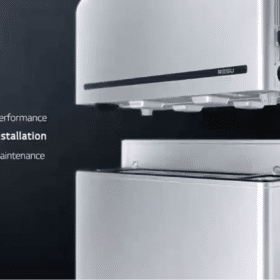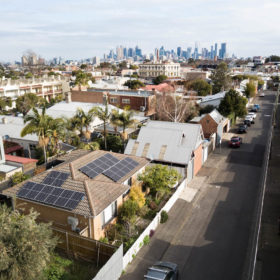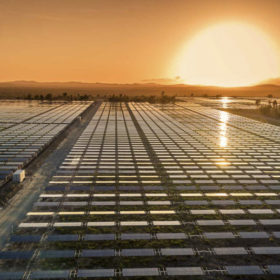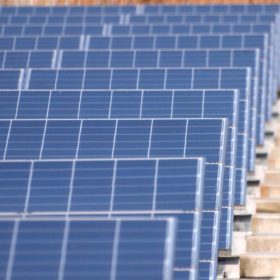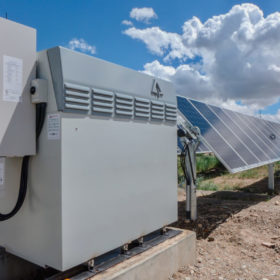WA courts Germany with its renewable hydrogen, hosts inaugural Renewable Hydrogen Roundtable
With the joint-feasibility study between Australia and Germany into the viability of a renewable hydrogen supply chain between the two nations now underway, Western Australia, perhaps the most eager Australian state to establish a green hydrogen export industry, has hosted an inaugural roundtable with some of the two nations biggest industry hitters.
50 Megs more of distributed storage called for in WA’s south west
WA continues to work through its precise roadmap to manage the state’s vast distributed rooftop solar resources and enable further uptake of renewable generation. Pre-Christmas, Western Power is seeking to engage private enterprise in providing a value stack of storage services.
Australian innovators win global award and ignite demand for hydrogen
S&P Global Platts has recognised a little-known, self-funded Australian technology company with a prestigious Global Energy Award for its development of a hydrogen demand activator. Star Scientific chairman Andrew Horvath reveals how his company is making its market on the world stage …
200 MW K-REP solar farm: Queensland’s Korean-sponsored green gas play
Hydrogen demand in South Korea is expected to reach 17 million tonnes by 2050. An ambitious solar PV project in the heart of Queensland’s unconventional-gas country, plans to be an early green supplier of the manufacturing nation’s hydrogen needs.
LG Chem breakaway launches 16 kWh modular resi battery, plus plus
The performance and warrantable 10-year capacity of LG Energy Solution’s third-generation Prime series are among features designed to turn homeowners’ heads.
Weekend read: Performance guaranteed
Guarantees and warranties may be thought to deliver peace of mind, but when underperformance on rooftop systems is detected, diagnosing and demonstrating failures is no simple task. pv magazine’s Virtual Insight on Quality event in November tackled this issue from all angles – and what it means for Australia’s burgeoning rooftop segment.
Investors shatter state expectations with REZ submissions
Renewable energy investors have shattered the Queensland Government’s expectations with the state’s Renewable Energy Zones (REZs) attracting more than $90 billion in project proposals.
CSIRO confirms solar, wind cheapest options for new-build power
Solar PV and wind are the cheapest sources of energy in Australia and a new CSIRO report predicts they will continue to win the new electricity generation price war well into the future.
Vanadium flow battery technology put to test in South Australia
Australia’s first utility-scale vanadium flow battery will be built in regional South Australia and will demonstrate the technology’s potential to provide energy and frequency control ancillary services (FCAS) for the national grid.
New research gauges Australia’s battery energy storage pipeline at 7 GW
New analysis from Cornwall Insight Australia has put Australia’s current battery energy storage pipeline at 7 GW. Of course, the vast majority of that projection is still firmly in the proposal phase, but the over 900 MW of energy storage thought to be developed by 2024 is still far in excess of AEMO’s ISP 2020 forecast, begging the question, how is the NEM going to fit it all in?
